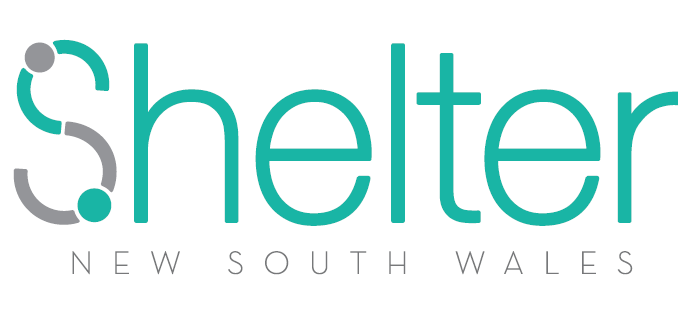| COVID-19 has set in motion an economic tsunami that will exacerbate mental health distress, domestic violence, homelessness and child neglect across NSW. This is the sobering conclusion of the expert report by Equity Economics, A wave of disadvantage across NSW: Impact of the COVID-19 recession. The report models the impact of rising unemployment by June 2021, when JobKeeper has ceased and if JobSeeker returns to its previous rate. It looks at how this will affect progress with key targets set out in the NSW Premier’s Priorities. |

| Key findings include an expected increase in homelessness of up to 9,000 people with the main impacts occurring in inner Sydney, Newcastle and the Hunter and the Mid-Far North Coast. Shelter NSW CEO, John Engeler has urged the NSW Government, ahead of the November 17 state budget, to invest in social housing and homelessness services. “Building or buying social housing, in the suburbs, town and regions with rising unemployment will save construction jobs and support those struggling with the basics,” Mr Engeler said. “We also call on the NSW Government to immediately implement the Covid19 Rental Hardship Fund (passed by the NSW Parliament in May 2020). Implementation would provide immediate support to renters who have suffered significant loss of income due to Covid-19 and take the pressure off landlords who may also be struggling. “This report serves as an early warning for the NSW Government. Time is running out, but there is still a big opportunity to protect people from this oncoming wave of disadvantage.” The report ‘s findings include:Areas with the highest levels of unemployment by June 2021 include: Newcastle and Lake Macquarie (12.3 per cent), Coffs Harbour – Grafton (12.2 per cent), Sydney – City and Inner South (11 per cent) and Sydney – Parramatta and Sydney – Blacktown (10.6 per cent).The number of 20-24 year olds in NSW experiencing high or very high mental distress will increase by up to 16.8 per cent.Higher unemployment alone will lead to rates of domestic violence increasing by up to 5.5 per cent in some regions of NSW, with COVID-19 lockdowns already having caused alarming spikes in reports to police.More than 9,000 additional people in NSW will be homeless – a rise of 24.0 per cent in the homeless population. Some regions will see a 40.5 per cent increase in homelessness.The number of NSW families experiencing housing stress will increase by more than 88,000 or 24.3 per cent.There will be 27,447 more children at risk of neglect across NSW, a 24.5 per cent rise due to increased unemployment.Mean NAPLAN scores in Year 9 maths will fall by 23.5 points (3.5 per cent) in 2021 compared to 2019, with some areas improving and other areas, including those with a high proportion of Aboriginal and Torres Strait Islander students falling more than 6 per cent. |
| Shelter NSW calls on its members, associates and allies to: Join the national campaigns Everybody’s Home and Raise the Rate for Good Keep pressure on the NSW Government to use its November 2020 State Budget to commit to a substantial boost in social housing and immediately implement the last-resort Covid19 Rental Hardship Fund Engage with us on Facebook and Twitter to help spread the word |
